Concrete Installation Timing and Considerations
Spring offers moderate temperatures and lower precipitation, ideal for curing concrete effectively.
Warm weather speeds up curing but requires protection from excessive heat and evaporation.
Fall provides cooler temperatures and less rain, suitable for long-lasting concrete work.
Cold temperatures can hinder curing and increase cracking risk, often requiring special measures.
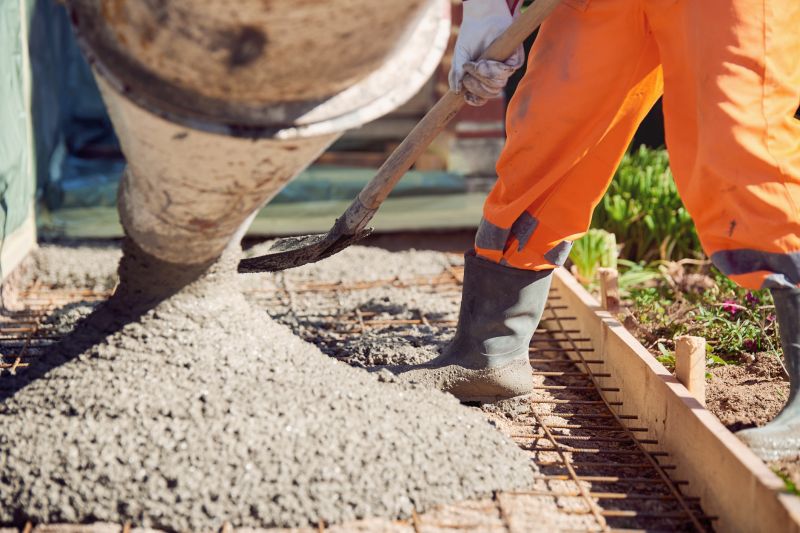
Ways to make Concrete Installations work in tight or awkward layouts.

Popular materials for Concrete Installations and why they hold up over time.
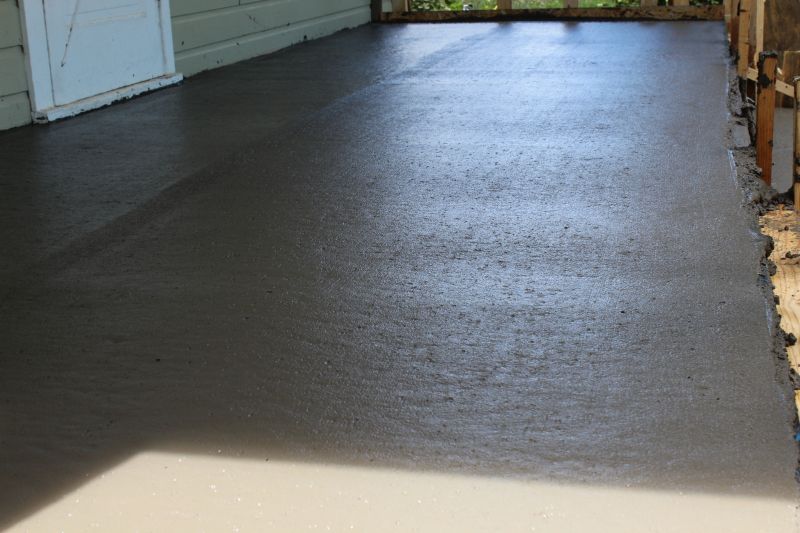
Simple add-ons that improve Concrete Installations without blowing the budget.
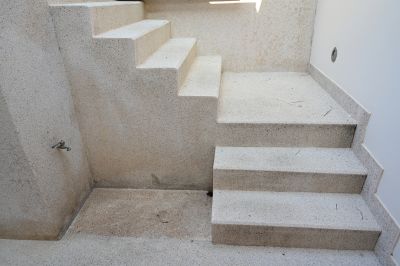
High-end options that actually feel worth it for Concrete Installations.
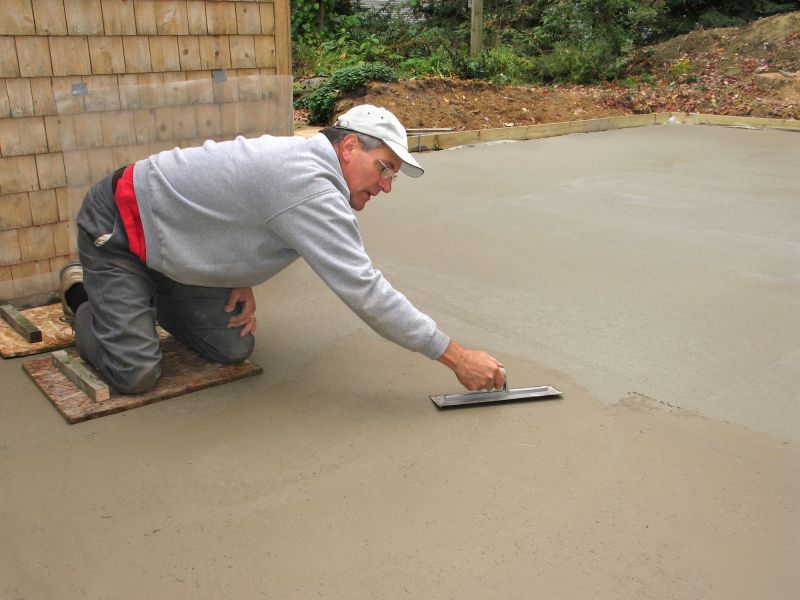
Finishes and colors that play nicely with Concrete Installations.
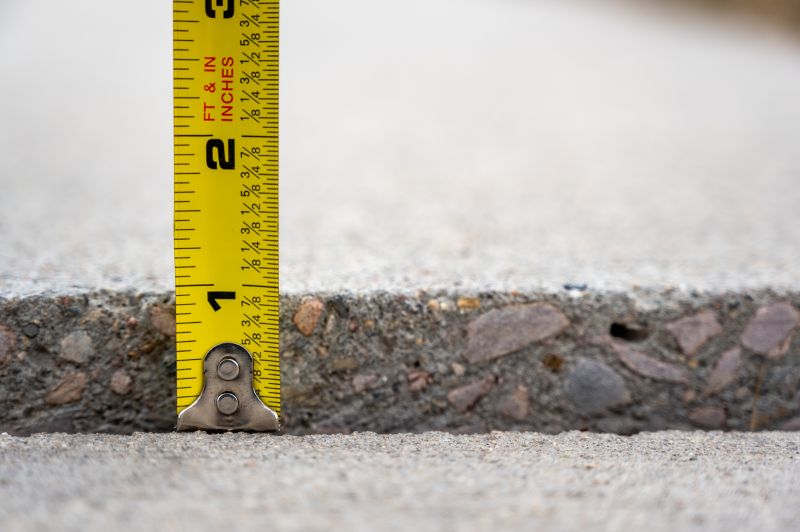
Little measurements that prevent headaches on Concrete Installations day.

A 60-second routine that keeps Concrete Installations looking new.
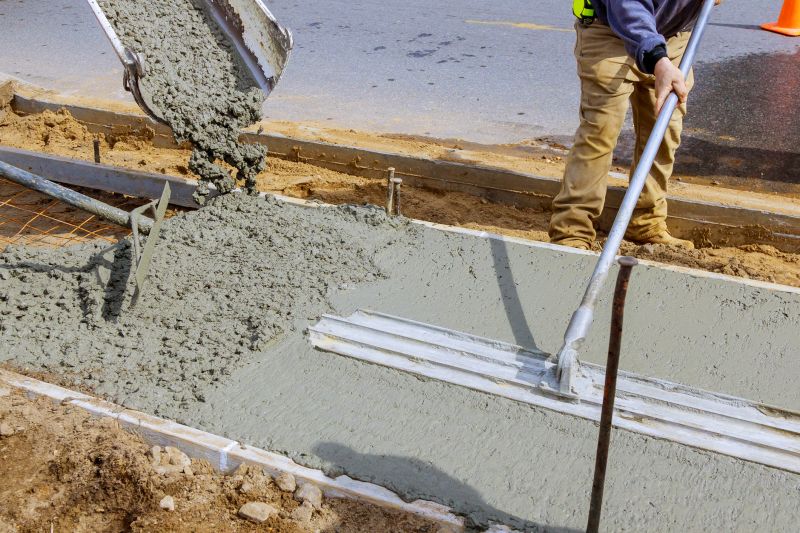
A frequent mistake in Concrete Installations and how to dodge it.

Small tweaks to make Concrete Installations safer and easier to use.
| Season | Best Practices |
|---|---|
| Spring | Ensure moderate temperatures and avoid late frosts. |
| Summer | Use shading and watering to prevent rapid evaporation. |
| Fall | Schedule before temperatures drop significantly. |
| Winter | Implement heating and insulation measures. |
| General | Monitor weather forecasts to choose optimal days. |
Concrete installation involves precise preparation, mixing, pouring, and curing processes. Timing plays a critical role in achieving a durable and long-lasting surface. Weather conditions influence the curing process, with extreme temperatures increasing the likelihood of cracks or surface imperfections. Proper planning and scheduling can mitigate these risks, ensuring the concrete reaches its full strength potential.
Statistics indicate that concrete can reach approximately 70% of its strength within the first week and full strength after 28 days. Adverse weather during installation can extend curing times and compromise structural integrity. Therefore, selecting the right season and weather window is essential for quality results.
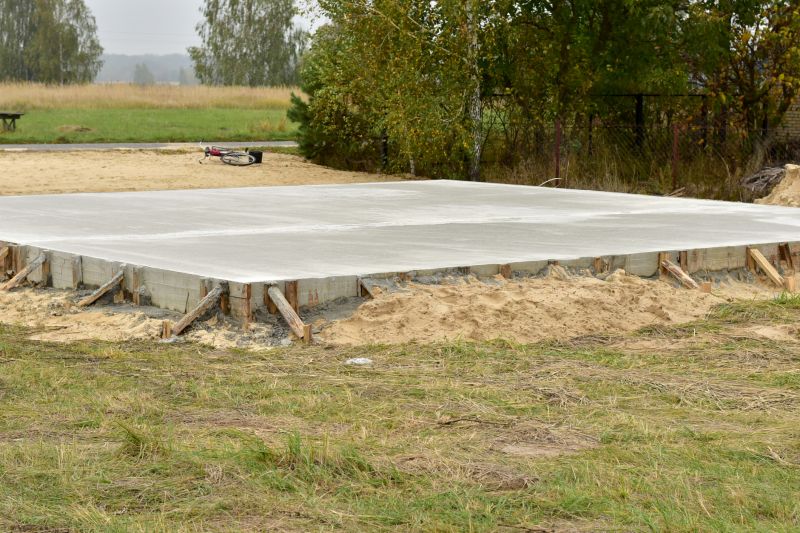
Lower-waste or water-saving choices for Concrete Installations.
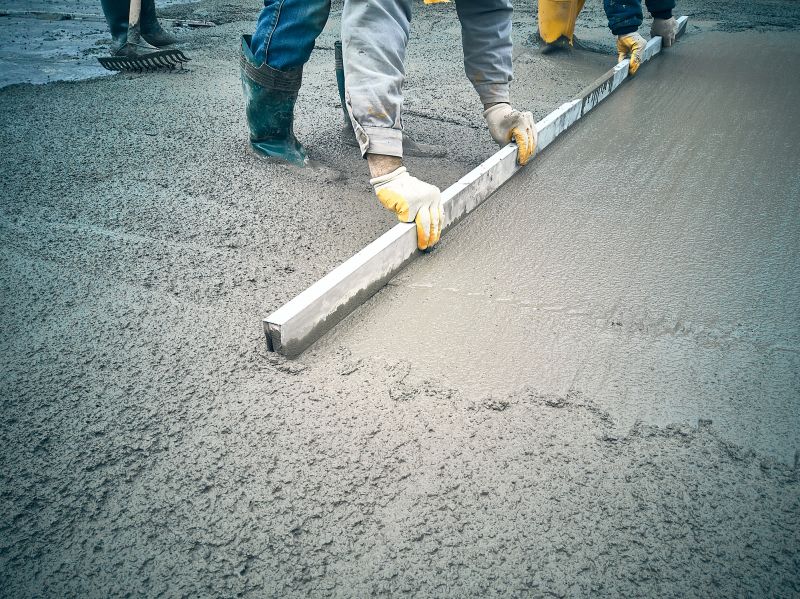
The short, realistic tool list for quality Concrete Installations.
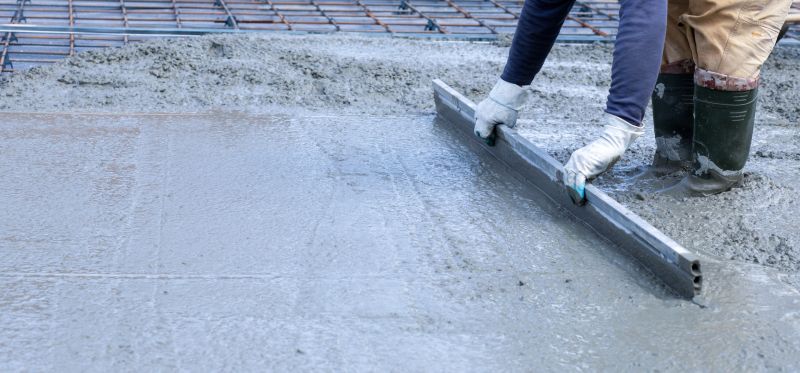
Rough timing from prep to clean-up for Concrete Installations.
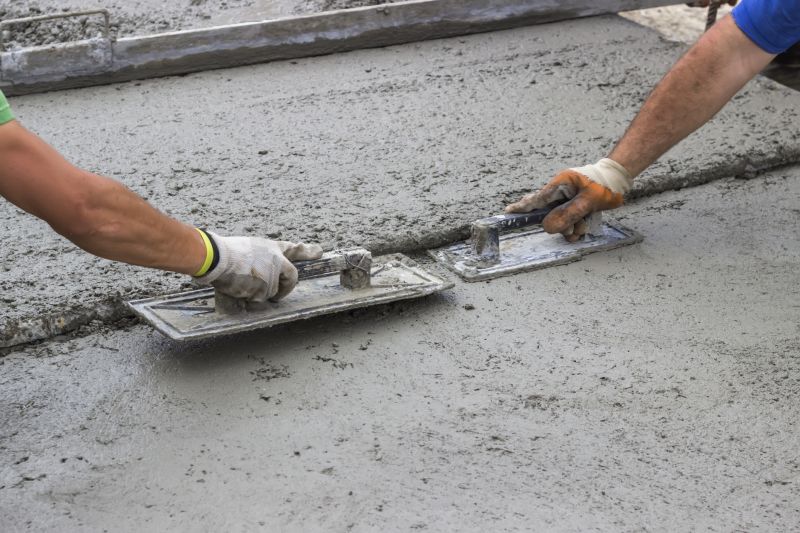
Quick checks and paperwork to keep after Concrete Installations.
Interested in scheduling a concrete installation? Filling out the contact form can provide more information and help plan the best timing for specific project needs.
